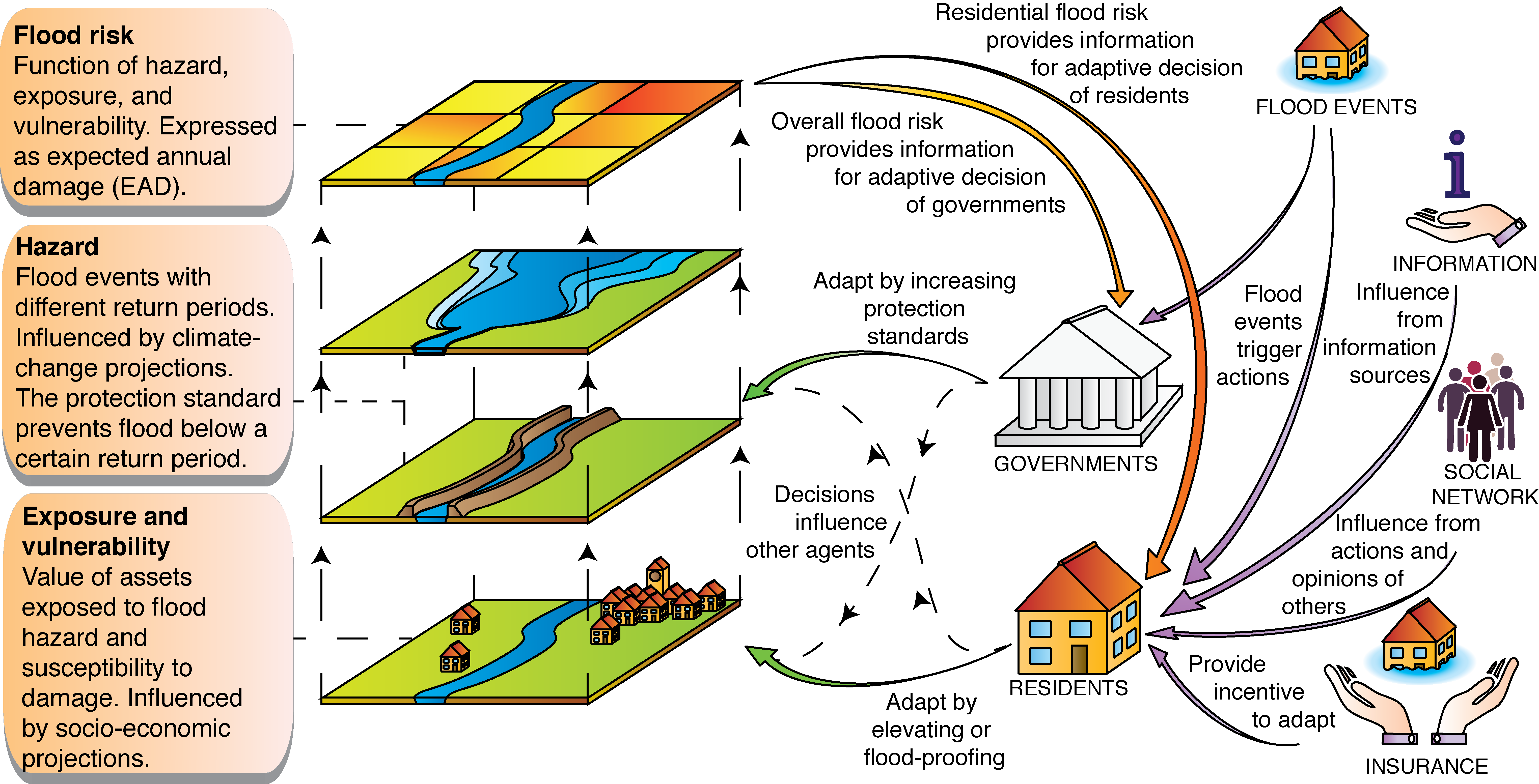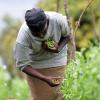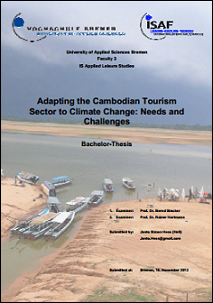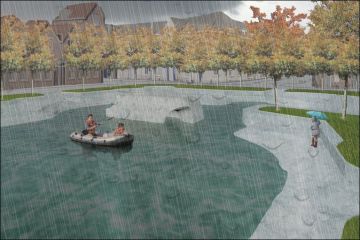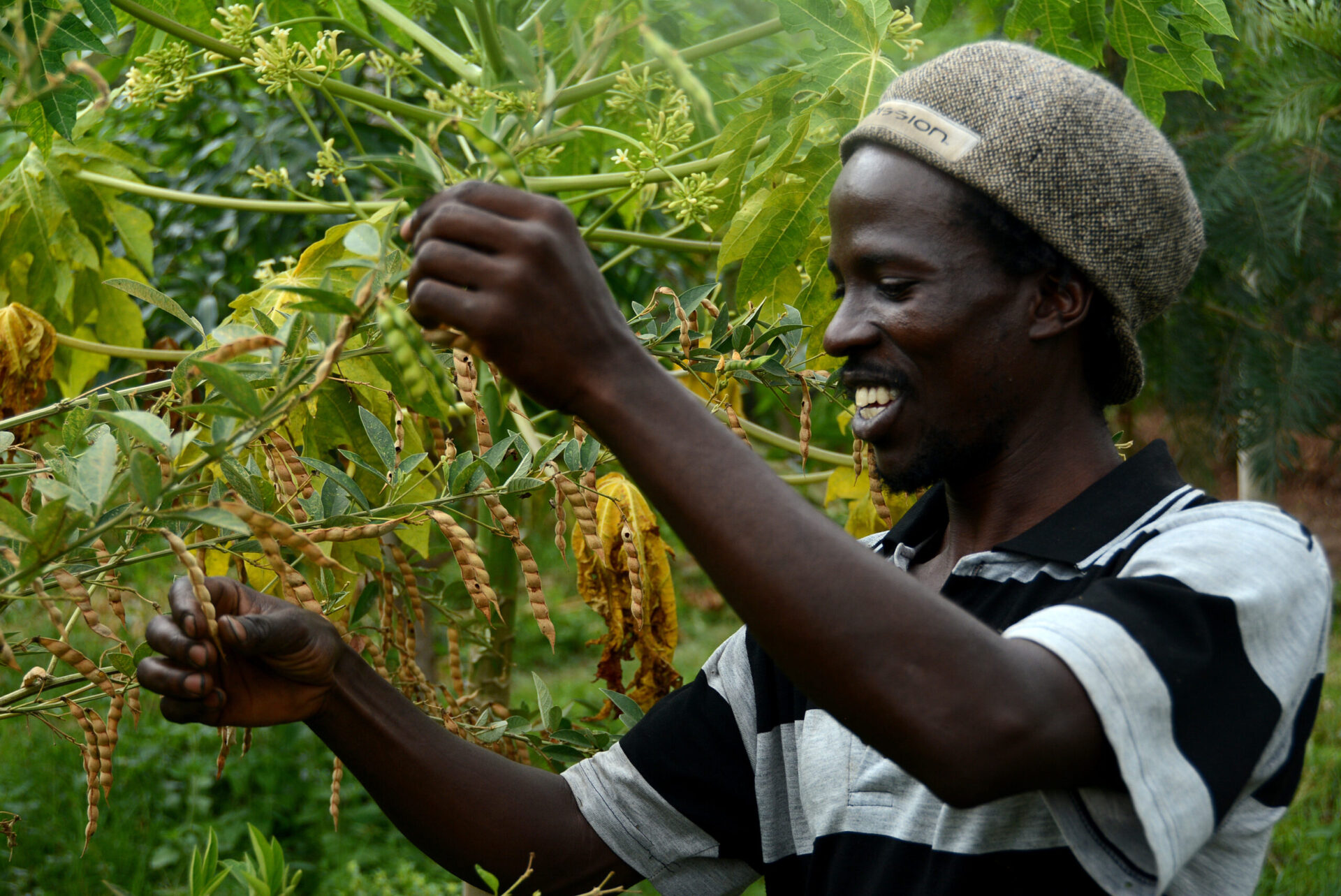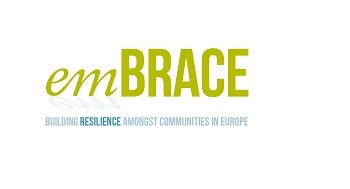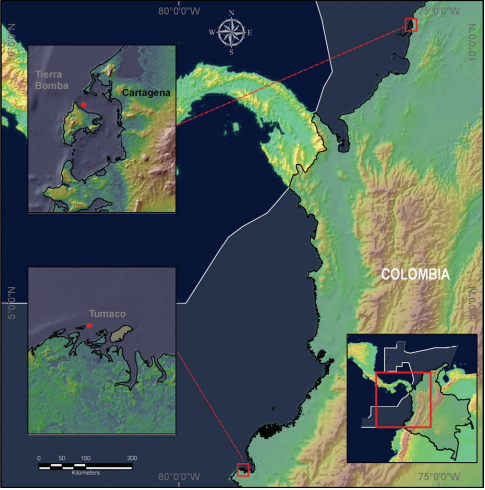Human behavior
Advancing disaster policies by integrating dynamic adaptive behaviour in risk assessments using an agent-based modelling approach
Including the dynamic adaptation decisions of governments and households shown to be major determinant of future risk development, which should not be neglected in risk assessments.
Why Our Brains Ignore Climate Change – and What to Do About It
Per Espen Stoknes outlines the principal barriers and solutions to getting people to think long-term about climate change and to take action to reduce it.
Men and women farmers face contrasting realities that impact climate-resilience building
The Working Paper How resilient are farming households, communities, men and women to a changing climate in Africa? shows how men and women farmers are facing contrasting realities.
Distinguishing between coping and adaptation
Knowing the difference between ‘coping’ and ‘adaptation’ forces us to think ‘outside the box’ and identify sustainable solutions to long-term climate change.
Building Resilience Amongst Communities in Europe (emBRACE)
The primary aim of the emBRACE project was to build resilience to disasters amongst communities in Europe. This project started on 1 October 2011 and ended on 30 September 2015.
Methodology of Colombia NCAP Project
This article describes the methodological framework used in the Colombia NCAP project.
